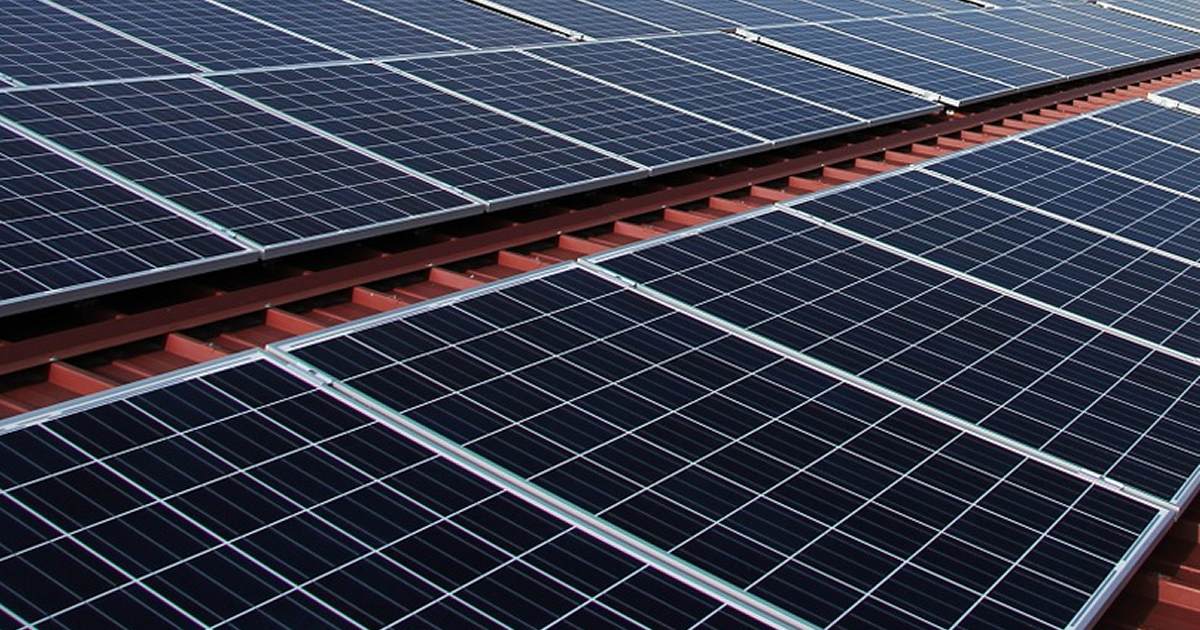Changes to NSW’s State Environmental Planning Policy (Infrastructure) 2007 will enable bigger solar power systems to be installed on homes and businesses without council approval.
Announced on Friday, the amendments to the Policy will also enable Distributed Network Service Providers (DNSPs) to construct energy storage facilities and allow large-scale battery systems to be built in certain zones across the state.
“Our planning system plays a key role in enabling investment in innovative renewable energy projects right across the state,” said Planning and Public Spaces Minister Rob Stokes. “These changes ensure planning requirements are aligned with advances in technology, and enable emerging energy projects to progress through the planning system more efficiently.”
Energy Minister Matt Kean also lauded the changes, stating:
“NSW residents are embracing renewable energy with about 490,000 homes and small businesses saving money on their energy bills by installing small-scale solar, and these amendments will support this trend to continue.”
It looks like Minister Kean’s figures are a bit dated. The latest information from the Clean Energy Regulator indicates more than 551,000 small scale solar power systems are installed in New South Wales.
It’s Good News For Solar In NSW, But There’s A Catch
The ability to install a larger home or small commercial solar power system or expand on an existing one without having to go through a council approval process is a good thing, but for some there will still be a potential roadblock. DNSPs in New South Wales also have limits on the capacity of systems they allow on their networks.
Here are the current limits, taken from SQ’s Grid Connection Processes section:
| Essential Energy | Single phase: 5 kW inverter limit, 5 kW export limit.
Three phase: 15 kW inverter limit, 15 kW export limit. *Rural areas: 3 kW inverter/export limit per phase*. Battery inverters don’t count towards phase inverter limit. |
| Ausgrid | Single phase: 10 kW inverter limit, 10 kW export limit.
Three phase: 30 kW inverter limit, 30 kW export limit. Ausgrid “may” allow battery inverters to exceed overall inverter limit. |
| Endeavour Energy | Single phase: 5 kW inverter limit, 5 kW export limit.
Three phase: 30 kW inverter limit, 30 kW export limit. Battery inverters don’t count towards phase inverter limit. |
It’s a good situation if you’re on three-phase, but for those on single-phase (i.e. most households) in Essential Energy and Endeavour Energy areas, it’s not so great if you’re considering a really big system. But even with a 5kW solar inverter limit 6.6kW of solar panels can be installed, which is more than enough for many households. This is called oversizing and is not only permitted, but desirable.
Ronald discusses 6.6kW systems in this article in more detail, and also some ways to (potentially) get around limits such as those above. On a related note, Finn discusses three-phase connections and three-phase inverters in this article.


 RSS - Posts
RSS - Posts



I’m in Sydney on the Ausgrid network and have a 10kW system.
We are currently with Origin on a 21c FIT but that ends soon so I’ve been shopping around.
I have been told by providers like Click Energy & Amaysim that they don’t accept customers with solar systems over 7kW or 8kW
Does anyone know where I can find a list of providers that do accept customers with 10kW systems so I can compare the real offers that apply to me?
AGL offers 17 cents flat buyback
I believe alinta energy noffer 6.7c and no export limit at the moment.
Discover Energy and Amber Electric pay wholesale export price, meaning the buy and sell rates are market based, not fixed at a few cents, like Origin or AGL.
If you have a battery, save the daylight, to export at night, when feed in rates are higher.